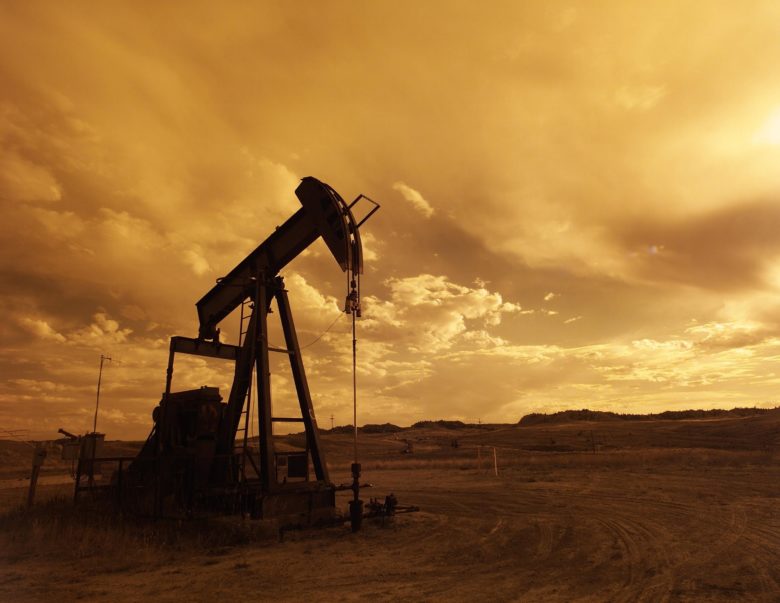The oilfield industry’s stringent health and safety rules, developed in consultation with health and safety consultants, aren’t simply for show. This is a potentially dangerous industry, and if regulations, as advised by these consultants, are not carefully observed, serious accidents may occur.
Here are eight common oilfield mistakes and how to prevent them:
Equipment Failures
Drilling sites use massive and potentially hazardous heavy equipment for drilling, pipe pulling, and a number of other jobs. When this equipment fails, it may cause major injury or even death.
Equipment like Oil water separators must be well-maintained, and personnel must be appropriately taught about the usage and safety of heavy machinery.
Fires and Explosions
The oil and gas in tanks, tankers, and wells are very flammable and may be instantly ignited by a flame, static electricity, or other hot materials. The accompanying fire and explosion are very dangerous since they may quickly spread and hurt other persons.
When it comes to frequent inspections of drilling sites the Occupational Safety and Health Administration standards and guidelines may assist avoid explosions and fires.
Blowouts
Well blowouts occur when oil is discharged uncontrolled during the drilling process. Faulty equipment, especially in pressure control systems, is the most typical source of these issues.
While well blowouts are not intrinsically hazardous, if they are ignited, they may rapidly transform into deadly oil fires. A fire barrier may help you protect against fire, and one of good quality is made by DuraBarrier USA.
Knowing the warning signs of a “kick” — when water, gas, or oil enters the wellbore during drilling — and ensuring blowout prevention equipment is in good operating condition may assist prevent well blowouts.
Dangerous Chemicals and Fumes
Many dangerous and hazardous chemicals are employed in the oilfield, including nitrogen oxide, benzene, and sulfur dioxide. Because of its tendency to impair white cell formation, benzene has been linked to leukemia and other cancers. On the other hand, sulfur dioxide has been related to heart attacks and lung cancer.
While oilfield workers are exposed to these substances, various health and safety safeguards have been established, including the use of appropriate personal protective equipment.
Falling Objects
Workers on oil rigs are subject to falling or moving items. Tongs, pipes, spinning chains, and even faulty high-pressure hose connections are examples. Harnesses, netting, and other impediments are used to protect goods and equipment from falling while they are continually moved aloft. Otherwise, improperly secured equipment and gear might fail, severely hurting oil rig employees.
Electric Shock
Simple things like defective or damaged wiring on a lightbulb might cause electrical shock since drilling rigs utilize salt water and other corrosive chemicals during the extraction process. This is why it is vital to wear electrical insulators to prevent electrocution and to replace old or broken equipment as soon as feasible.
Slips and Falls
Slips, trips, and falls may occur as a consequence of poorly managed work sites and workplaces. Although not all of these incidents end in serious damage, some do, and their occurrence is entirely preventable with proper height safety training.
Many oilfield employees work long hours, and a lack of sleep may impair physical coordination and cause stumbling. If you get injured during work hours, contact Tingey Law Firm; workers compensation lawyer near you.
When walking about the oil rig, take the effort to keep paths free, but also be alert to your surroundings.
Accidents Involving Motor Vehicles
Surprisingly, motor vehicle accidents are the leading cause of death in the oil and gas industry.
Vehicle accidents account for more than 40% of all work-related fatalities in this sector. This makes sense when you consider the number of oil rig employees traveling to and from remote working sites, as well as the number of trucks transporting commodities across the nation.
Again, paying attention to your surroundings while driving a vehicle is crucial for avoiding crashes. Also, if you drive commercial oil and gas trucks, you must have a Commercial Driver’s License.
Injuries that Regularly Occur in the Oil Industry
Now that you know the most frequent oilfield disasters, let’s look at the sorts of injuries that many oilfield personnel sustain:
- Back and neck injuries. Employees suffer from back and neck ailments as a result of the amount of heavy lifting they must do. Proper lifting techniques should be used to prevent these injuries.
- Burns. Fires, explosions, and the use of hazardous materials may all cause first-degree, second-degree, and third-degree burns in the oilfields.
- Soft-tissue injuries. Soft tissue injuries include tearing a muscle or tendon. Soft tissue injury may develop as a consequence of repeated motions, and it can vary from moderate to severe.
Working with a reputable accident attorney allows you to stand a higher chance of recovering damages and being fairly compensated while ensuring that the other party is held liable for the accident.
The first step in preventing accidents and injuries is to anticipate them. Make sure your workplace is up to date on safety training, and don’t be hesitant to report any flaws you uncover that might lead to injury. If you do end up getting injured, contact a reputable Texas oil field accident lawyer.




